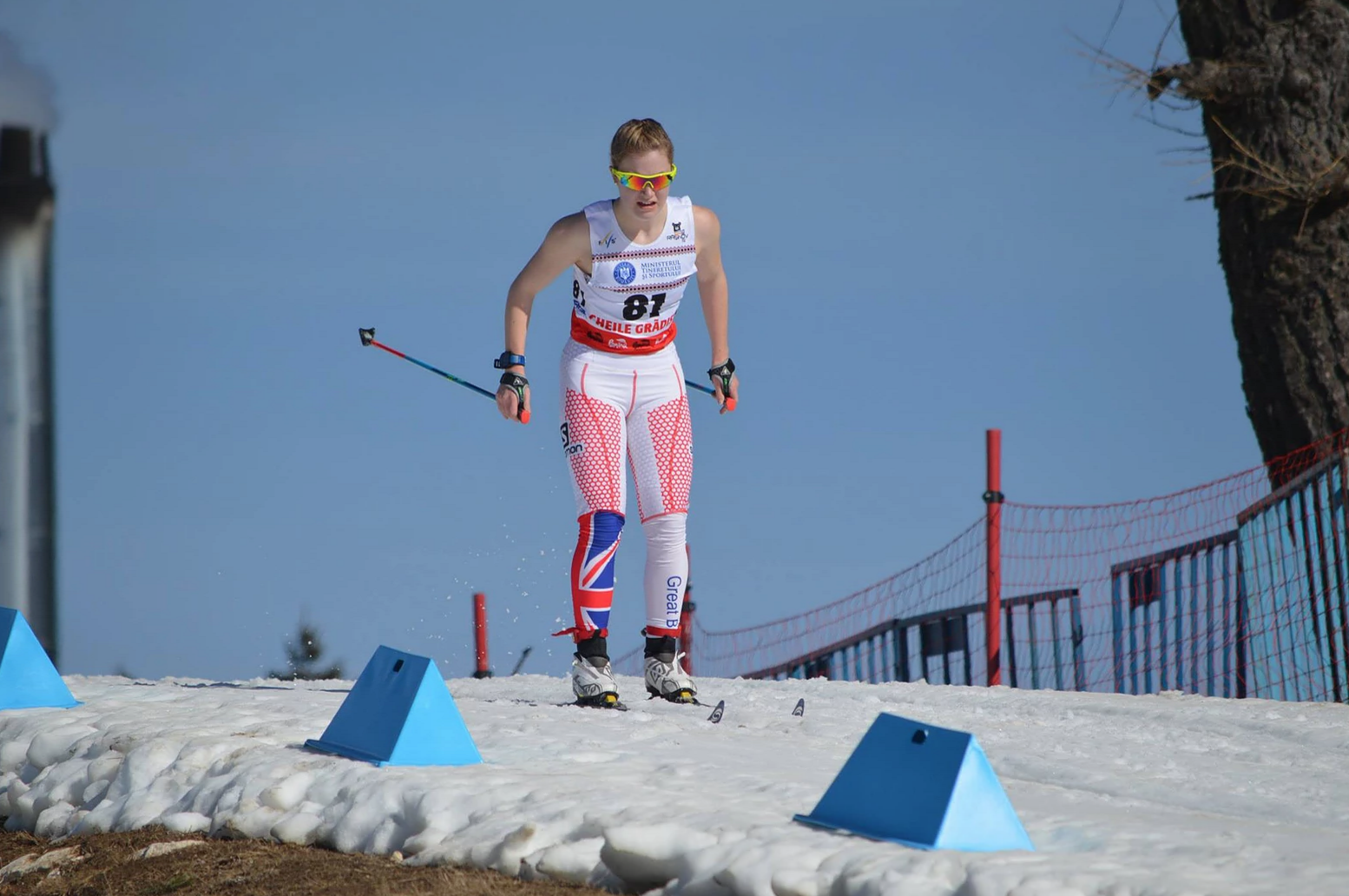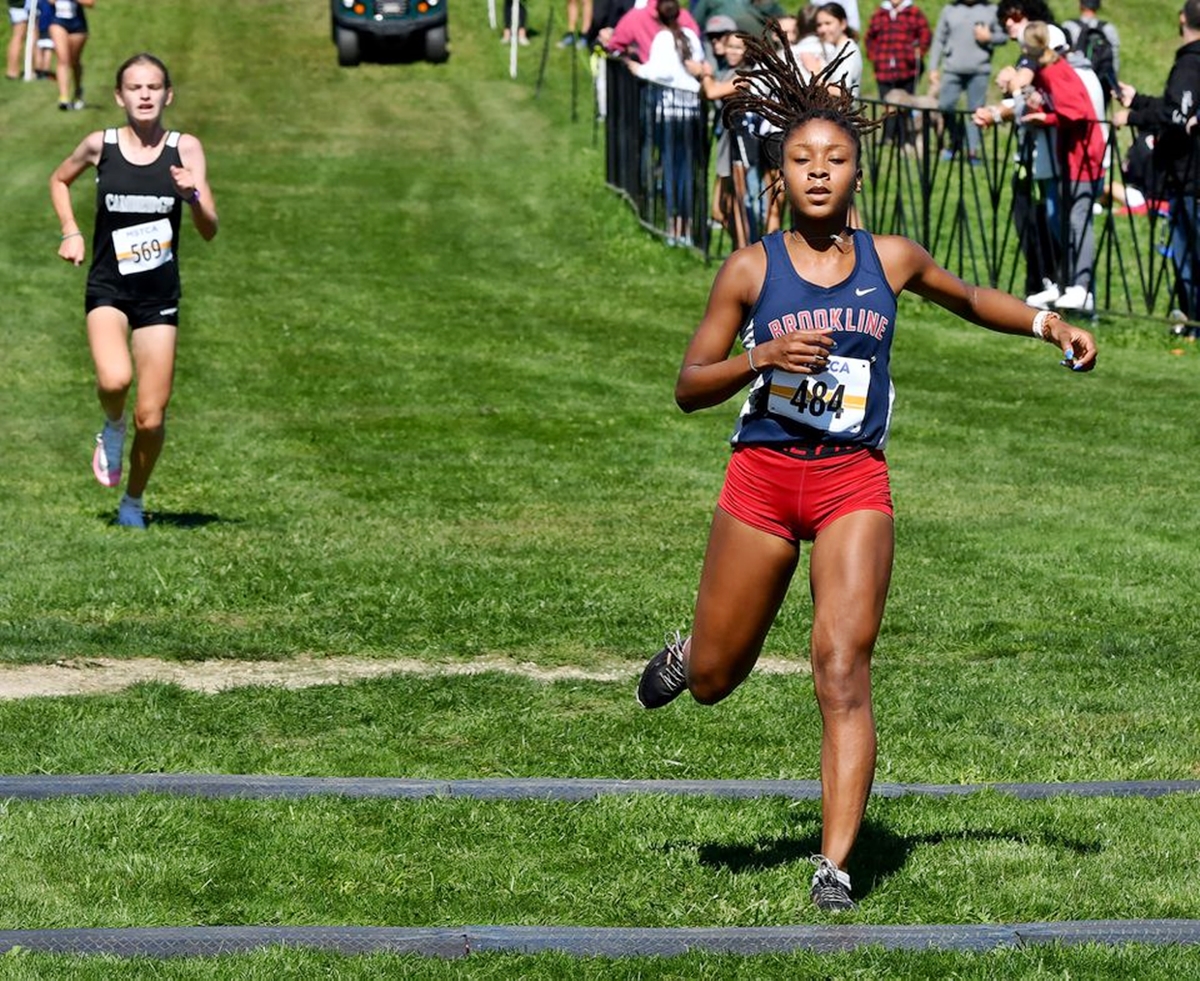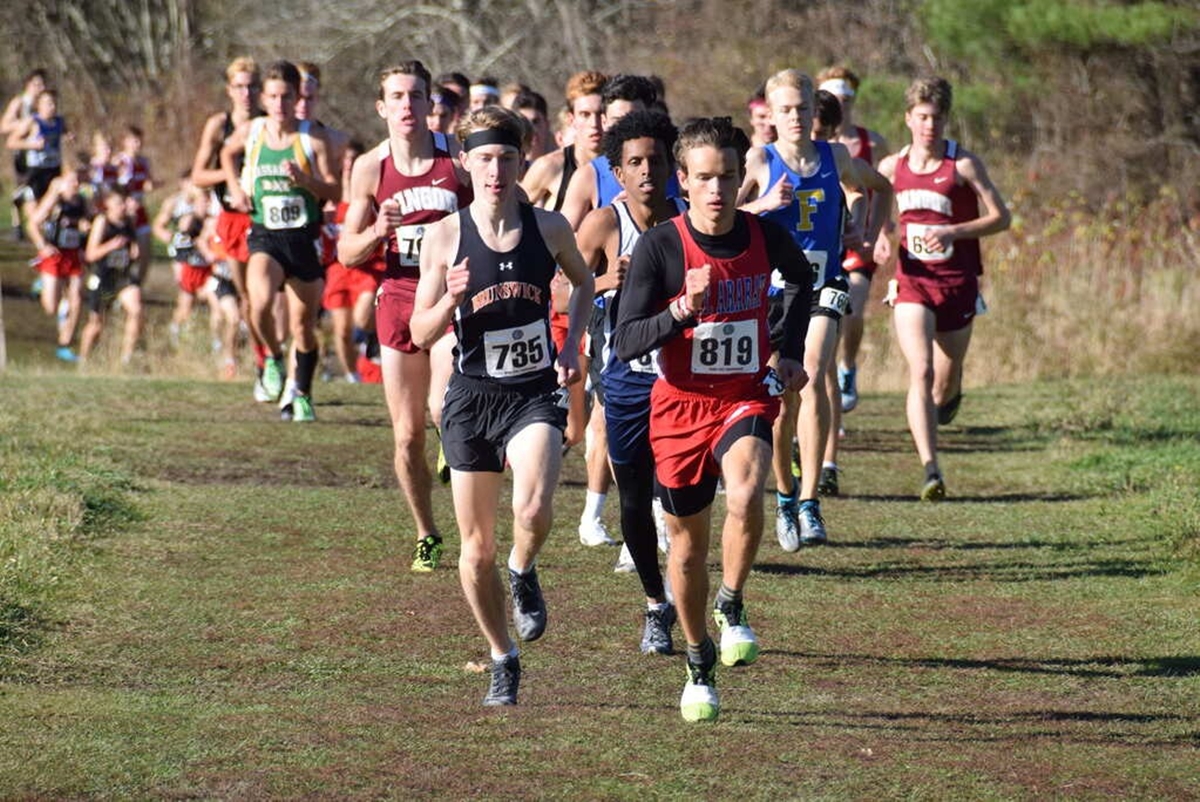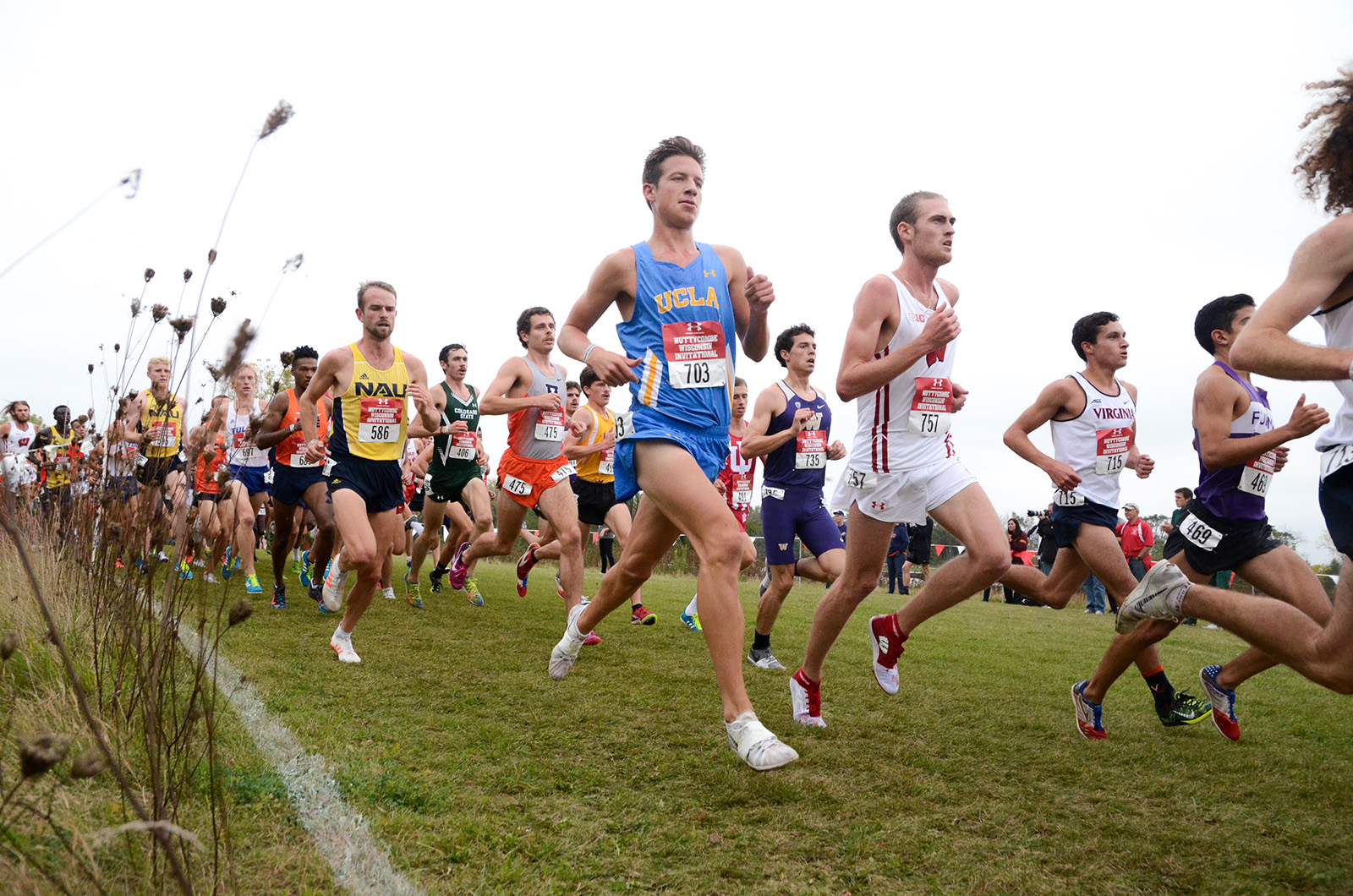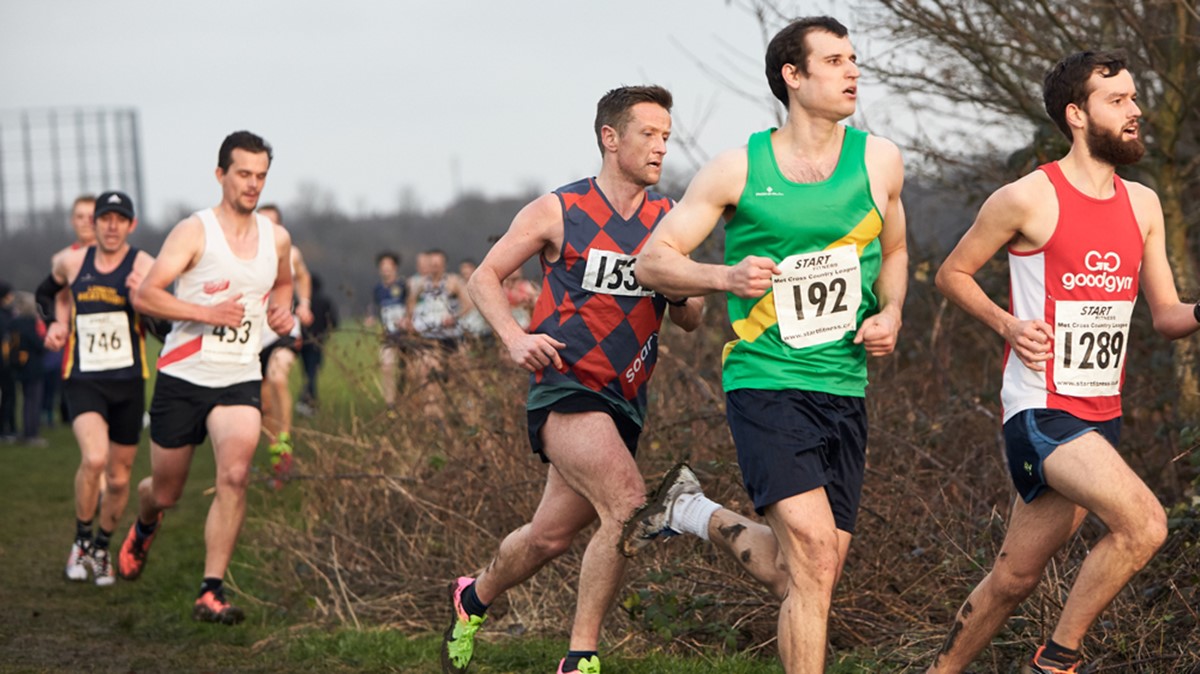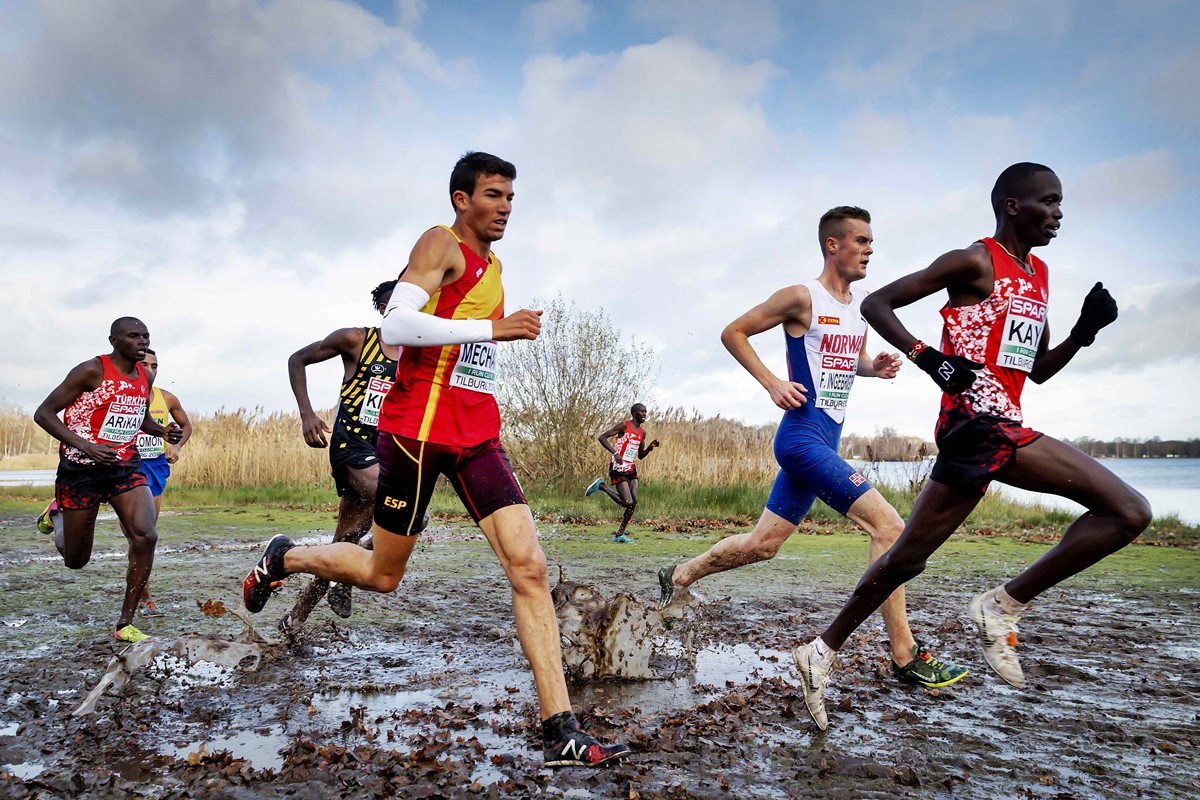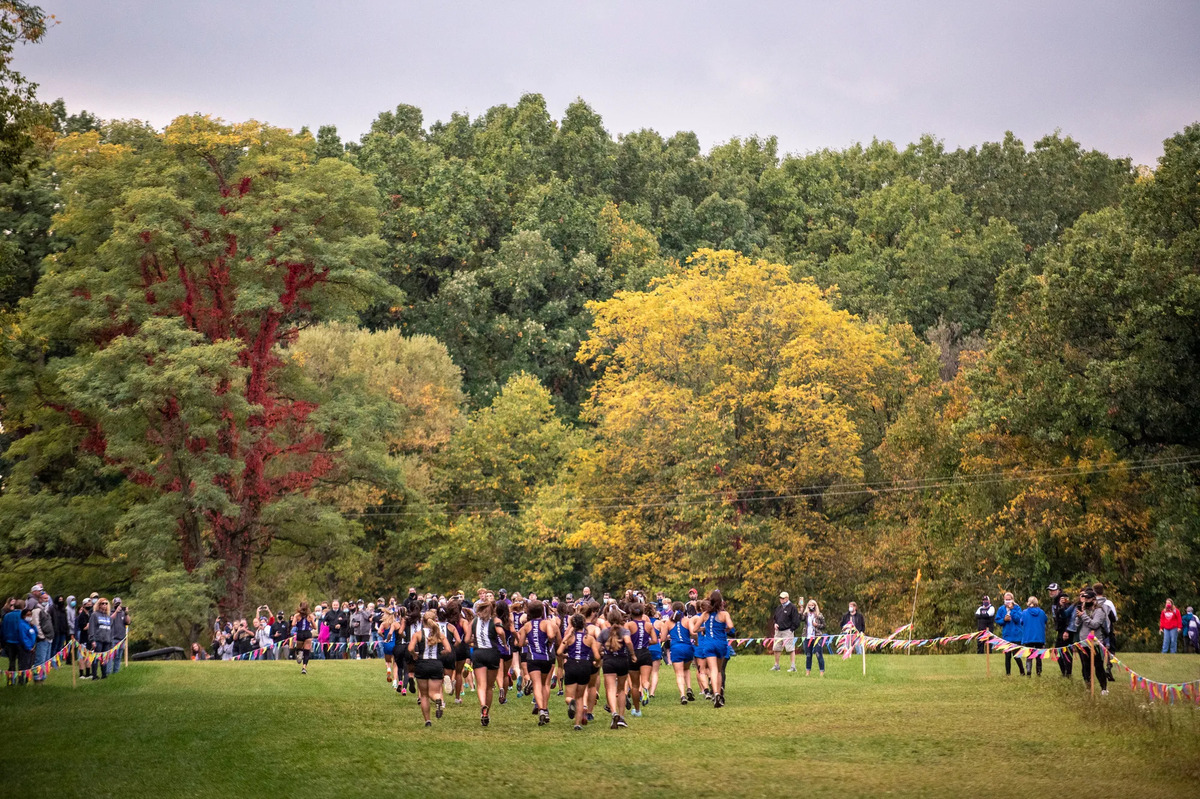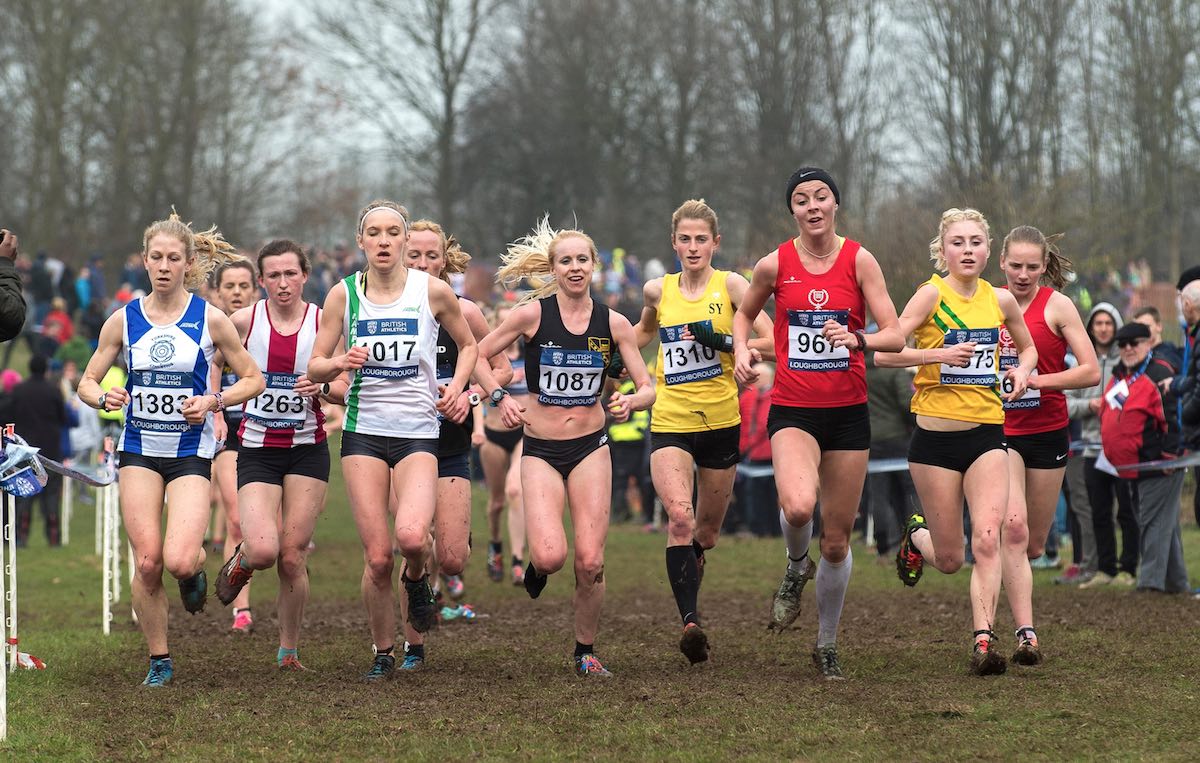

Featured
How Long Is Cross Country Race
Modified: August 18, 2023
Discover the length of a cross country race in this featured article. Find out how long you will need to endure in this challenging endurance sport.
Introduction
Welcome to the exciting world of cross country racing! Whether you are a seasoned runner or a curious spectator, understanding the length of a cross country race is essential to fully appreciate this challenging sport. In this article, we will explore the factors that determine the length of a cross country race, the typical distances for different categories, and the various elements that may influence race lengths. Let’s dive in!
Cross country racing is a unique form of running that takes participants off the usual road or track and into natural terrains like fields, hills, forests, or even muddy trails. The sport not only tests participants’ speed and endurance but also their ability to adapt to often unpredictable and varying race conditions.
When it comes to determining the length of a cross country race, several factors come into play. These include the age and skill level of the participants, the purpose of the race, and the specific guidelines set by the regulating bodies. For example, high school and college level races often have different distances than professional or international races.
Typically, cross country races span distances ranging from 5,000 meters (3.1 miles) to 10,000 meters (6.2 miles). However, it’s important to note that these are just general guidelines, and actual race lengths can vary depending on the category and level of competition.
In the following sections, we will delve deeper into the typical distances for cross country races, the variations in race lengths across different categories, and the factors that may influence the lengths of these races. So, lace up your running shoes and get ready to explore the exciting world of cross country racing!
Understanding Cross Country Racing
Cross country racing is a demanding sport that requires participants to navigate various terrains while showcasing their endurance, skill, and strategic prowess. Unlike traditional track or road races, cross country events take place over natural landscapes, challenging runners with uneven terrain, hills, and sometimes adverse weather conditions.
The objective of cross country racing is to complete a designated course in the shortest amount of time. Runners must navigate checkpoints and follow marked routes, which often include grass fields, muddy trails, and forest paths. The unpredictable nature of cross country courses adds an element of excitement and unpredictability to the sport.
One of the defining features of cross country races is the strategic element. As runners encounter different terrains and obstacles, they must adapt their pace and technique to maintain momentum and conserve energy. Unlike track races where the distance is fixed, cross country races require athletes to adjust their strategy in real-time based on the course conditions.
Team dynamics also play a significant role in cross country racing. Many competitions feature team standings, where each runner’s performance contributes to an overall team score. This aspect fosters collaboration, camaraderie, and strategic planning within a team. It adds an extra layer of complexity and excitement to the sport.
Cross country racing has a long and storied history, dating back to the 19th century in England. It quickly gained popularity and has become a staple in school and collegiate athletics. Additionally, there are regional, national, and international competitions held across the globe, showcasing the best cross country runners from different countries.
Understanding the unique nature of cross country racing is vital, as it allows participants and spectators to appreciate the physical and mental challenges faced by the runners. From adapting to changing terrains to strategizing for optimal performance, cross country racing is a thrilling sport that pushes athletes to their limits, both individually and as a team.
Factors Affecting Race Length
Several factors come into play when determining the length of a cross country race. These factors can vary depending on the level of competition, the governing bodies, and the specific guidelines set for each race. Here are some key factors that influence race length:
- Age and Skill Level: Cross country races are often categorized by age groups and skill levels. Younger runners, such as those in elementary or middle school, typically run shorter distances to accommodate their developing stamina and capabilities. As runners progress to higher levels, such as high school or college, the race lengths may increase to provide a more challenging and competitive environment.
- Purpose of the Race: The purpose of the race can also affect its length. For example, community or charity-based cross country events tend to have shorter distances to encourage participation from a wide range of people, including beginners or recreational runners. On the other hand, elite, professional, or championship races may have longer distances to showcase the endurance and skill of top-level athletes.
- Course Conditions and Terrain: The nature of the course and terrain also impacts race length. Races held on challenging terrains with steep inclines or uneven surfaces may have shorter distances, as runners would require more time and effort to navigate the course. Conversely, races on relatively flat or easy terrains may have longer distances to maintain the level of difficulty and ensure a fair competition.
- Seasonal and Weather Considerations: Weather conditions can also influence race length. In regions with extreme climates, cross country races may have shorter distances during hot or humid seasons to prevent overheating and ensure the safety of participants. Similarly, races held in cold or wintery conditions may have shorter distances to account for the additional physical demands of running on slippery surfaces or in sub-optimal weather conditions.
- Regulating Bodies and Guidelines: The governing bodies of cross country racing, such as national or international athletic associations, establish guidelines and standards for race lengths. These organizations work to maintain consistency and fairness across different races, ensuring that competitors are challenged appropriately and that records can be accurately compared across different events.
It’s important to remember that while these factors play a significant role in determining race lengths, there can still be variations within each category. Organizers may adjust the distances based on specific circumstances or local conditions, aiming for a balance between challenge and accessibility for participants.
Typical Distances for Cross Country Races
Cross country races encompass a wide range of distances, depending on the age group, skill level, and competition category. While there is some flexibility in race lengths, there are typical distances that are commonly seen in cross country events. Here are some of the most prevalent distances:
- 5,000 Meters (3.1 miles): The 5,000-meter distance is one of the most common race lengths in cross country. It is often used for high school, college, and recreational level races. This distance provides a balance between challenging the runners’ endurance and allowing for a reasonable completion time.
- 6,000 Meters (3.7 miles): Some cross country races opt for a slightly longer distance of 6,000 meters. This distance is often seen in college or professional races, offering a greater challenge to elite athletes and showcasing their ability to sustain a fast pace over a longer distance.
- 8,000 Meters (4.97 miles): At the collegiate and professional level, the 8,000-meter distance is a common choice for men’s cross country races. This distance requires runners to demonstrate a high level of endurance while maintaining a strong pace throughout the race.
- 10,000 Meters (6.2 miles): The 10,000-meter distance is frequently used in international and championship-level races for both men and women. This distance tests the limits of runners’ endurance and serves as the ultimate challenge for elite cross country athletes.
It is important to note that these distances are not set in stone. Local races, smaller competitions, or youth divisions may have shorter distances to accommodate younger or less-experienced runners. Similarly, longer races, such as ultra-cross country events, can exceed the standard distances and provide an even greater test of endurance for participants.
Additionally, cross country race distances can differ between genders. In some cases, women’s races may be slightly shorter than men’s races to account for physiological differences. However, efforts are being made to establish more gender equity in race distances, ensuring equal opportunities for male and female athletes.
Understanding the typical distances for cross country races provides athletes and spectators with a point of reference when comparing performances and assessing the level of challenge in different competitions. Whether it’s a thrilling 5,000-meter sprint or a grueling 10,000-meter battle, each race distance offers its own unique set of obstacles and rewards for those who take on the cross country challenge.
Varying Race Lengths Across Different Categories
When it comes to cross country racing, race lengths can vary significantly across different categories and levels of competition. Various factors, including age groups, skill levels, and governing bodies, contribute to these variations. Here’s a closer look at how race lengths differ across different categories:
- Youth Categories: Cross country races for younger participants, such as elementary or middle school students, often involve shorter distances to suit their developing abilities. These races may range from 1,000 meters for the youngest age groups to 3,000 meters for older youth categories.
- High School: High school-level cross country races typically have longer distances compared to youth categories but shorter distances compared to college or professional races. Common race lengths for high school competitions range from 2 miles (3,218 meters) to 5 kilometers (3.1 miles).
- College: College cross country races generally increase in length as compared to high school races. Men’s races often cover distances ranging from 8 kilometers (4.97 miles) to 10 kilometers (6.2 miles). Women’s races are often slightly shorter, ranging from 5 kilometers (3.1 miles) to 6 kilometers (3.7 miles).
- Professional and Elite: Professional and elite-level cross country races showcase the pinnacle of the sport’s competition. Both men’s and women’s races commonly feature distances of 10 kilometers (6.2 miles) or longer, pushing athletes to their limits of endurance and speed.
In addition to these categories, cross country races may also have divisions based on skill levels, such as recreational or competitive divisions. Variations in race lengths may be seen within these divisions to accommodate participants of different abilities and experience levels.
It’s important to note that race lengths are not universally standardized, and there can be regional or organizational differences in the distances chosen for each category. Race organizers and governing bodies work to strike a balance between providing a challenge for participants and ensuring a fair and competitive experience for all.
Understanding the varying race lengths across different categories allows participants and spectators to appreciate the progression and challenges that arise as runners advance through different levels of competition. Whether it’s young athletes taking their first steps in cross country or seasoned professionals competing on the international stage, each category offers its own unique set of race distances to suit the specific skills and capabilities of its participants.
Factors That May Influence Cross Country Race Lengths
Several factors can influence the lengths of cross country races, ensuring that they cater to the unique circumstances, goals, and participants involved. While there are typical race distances, variations can occur based on various factors. Here are some key factors that may influence cross country race lengths:
- Course Layout and Terrain: The layout and terrain of the cross country course can significantly impact the race length. Races held on hilly or challenging terrains may have shorter distances to account for the increased difficulty of navigating through such terrain. Conversely, races on flatter courses may have longer distances to present a sufficient challenge for participants.
- Time Constraints: The available time for organizing and conducting a race can also influence its length. In certain cases, logistical considerations or event schedules may require shorter distances to ensure the event runs smoothly and stays within the allocated time frame.
- Weather Conditions: Extreme weather conditions can also impact race lengths. Races held in hot, humid weather may have shorter distances to ensure the safety and well-being of the participants. Similarly, races held in cold or inclement weather may have shorter distances to mitigate the risks associated with running in harsh conditions.
- Participant Skill Level: The skill level of the participants can influence race lengths. Races designed for beginners or recreational runners may have shorter distances to accommodate their abilities and foster a positive experience. Conversely, races for more advanced or elite runners may have longer distances to provide a greater challenge and push their limits.
- Regulatory Guidelines: Governing bodies and organizers of cross country races may have specific guidelines or regulations that dictate race lengths. These guidelines aim to ensure consistency across races and provide fair competition for participants. National or international athletic associations often provide guidelines to standardize race lengths across different regions.
- Historical Considerations: Historical traditions or community preferences can also influence race lengths in certain cases. Established races that have been held for many years may maintain a particular distance as part of their tradition and historical significance to the community.
It’s important to acknowledge that race lengths are not fixed and can vary depending on these influencing factors. Organizers aim to strike a balance between providing a challenge for participants and ensuring the overall enjoyment and safety of the racing experience.
By considering these factors, race organizers can tailor the race length to specific circumstances, taking into account the abilities of the participants, the characteristics of the course, and any external constraints. This ensures that each cross country race offers a unique and fulfilling experience for runners and promotes the growth and enjoyment of the sport.
Conclusion
Cross country racing is a thrilling and challenging sport that requires participants to tackle natural terrains, navigate varying distances, and showcase their endurance, skill, and strategic abilities. The lengths of cross country races can vary depending on several factors, including age groups, skill levels, governing bodies, course conditions, and more.
Understanding the typical distances for cross country races provides athletes and spectators with a frame of reference to compare performances and assess the level of challenge in different competitions. Races can range from shorter distances, such as 1,000 meters for youth categories, to longer distances like 10,000 meters for elite and international races.
Various factors can influence the length of cross country races. Course conditions, time constraints, weather considerations, participant skill levels, regulatory guidelines, and historical traditions all play a role in determining the ideal race distance for a specific event.
By considering these factors, organizers can create races that cater to the abilities and goals of participants, provide a level playing field, and ensure a safe and enjoyable experience for everyone involved.
Whether you are a runner looking to challenge yourself or a spectator cheering on the athletes, understanding the various factors that influence race lengths adds depth and appreciation to the sport of cross country racing. So, lace up your shoes, embrace the unpredictability of the course, and immerse yourself in the excitement and beauty of cross country racing.
